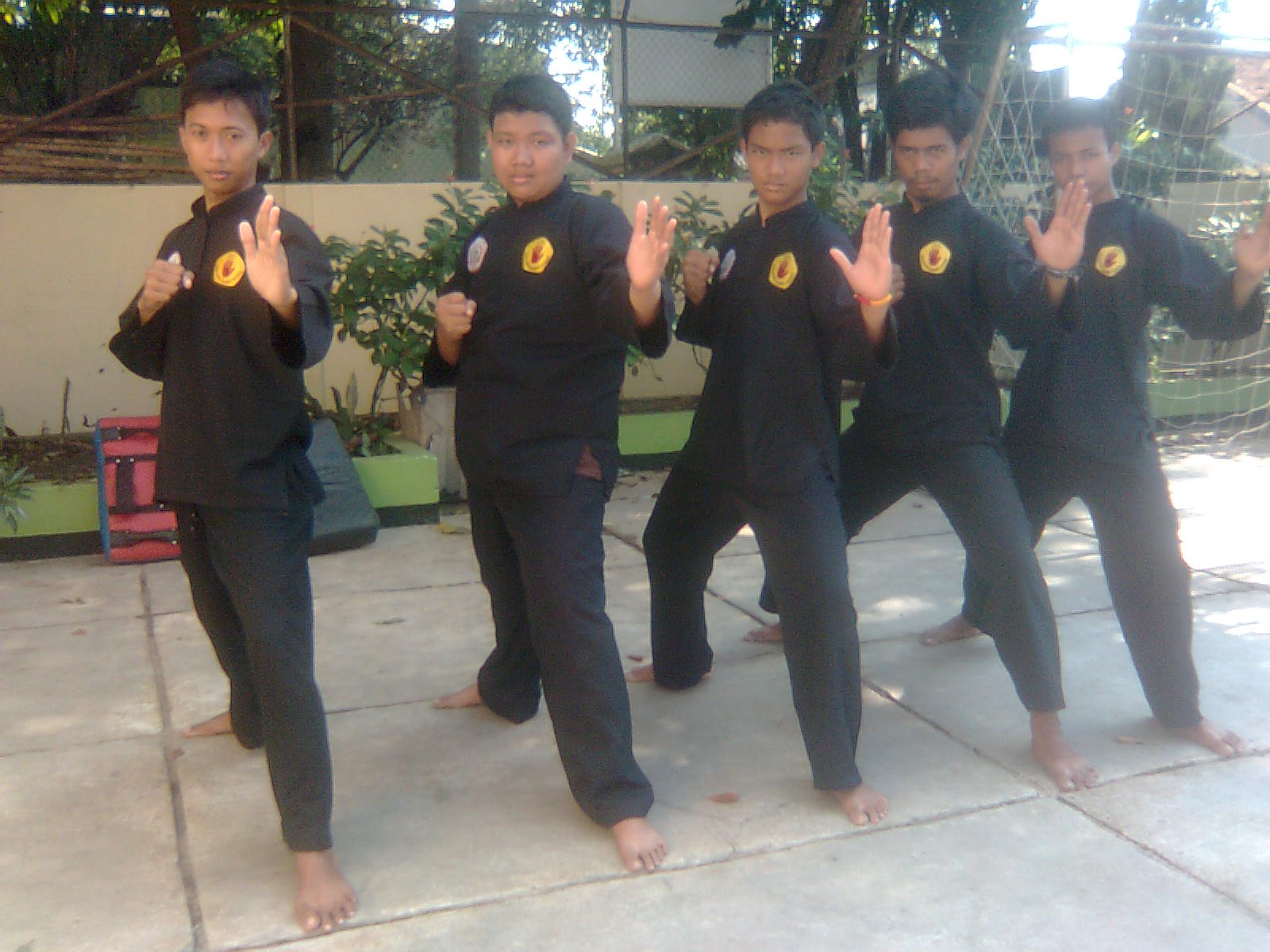
The text Amanat Galunggung states that if a ruler gained control of a kabuyutan and performed ascetic exercises they could obtain supernatural powers that would ensure their victory in battle, wealth and success. They could become the ruler of a certain area if they gained control of a sacred site, usually an ancestral grave. In pre-Mataram Sundanese tradition, power was believed to emanate from sacred sites (Sd: kabuyutan). The 19th century traditional historiography Sajarah Sukapura describes the ideal menak (Sundanese aristocrat) in terms of martial prowess: “Whoever has supernatural powers, strong skin, an effective sword and is brave, they will be considered a menak who is loved and exulted by their inferiors, and whose every desire will be accommodated”. It along with martial arts also constituted a basic survival skill in an environment where violence, banditry and social unrest were common. Invulnerability especially had a potent symbolic value as a type of spiritual mandate, and was stressed within rural leadership. The fear and awe inspired by those who had mastered fighting arts and obtained physical invulnerability was a foundation upon which political power could be built. In traditional society in Java, martial prowess was a form of social and political capital. These lineages (Ind: silsilah) may follow familial lines, genealogies of teacher and student, or may transcend conventional notions of time and space. Then there are myths that trace lineages back to a historical person. They continue to act as the major point of reference for gauging authenticity and defining identity by proceeding generations of silat practitioners.

These details are significant, for together these aliran have come to form the foundation for pencak silat practice in West Java, in terms of technique, method, lines of transmission, ethics, as well as underlying attitudes and assumptions regarding the nature and potential of the body. I will then go on to examine in detail the origins and spread of some of the styles that have been historically prominent in West Java.

With these limitations in mind, in this chapter I will outline the history of pencak silat. Consequently any theories regarding silat‘s early history must build mainly on forms of evidence that are not at the core of practice. In so far as it constitutes a ‘body culture‘, the body itself has necessarily been its primary medium of transmission. The lack of adequate written references makes it impossible to ascertain any detailed information regarding the way in which it was practiced, or even if it existed in a form resembling that identifiable as pencak silat today prior to the early 18th century. The origins of pencak silat are shrouded in mystery.


 0 kommentar(er)
0 kommentar(er)
